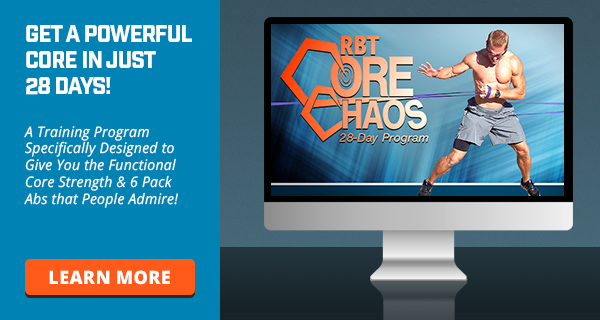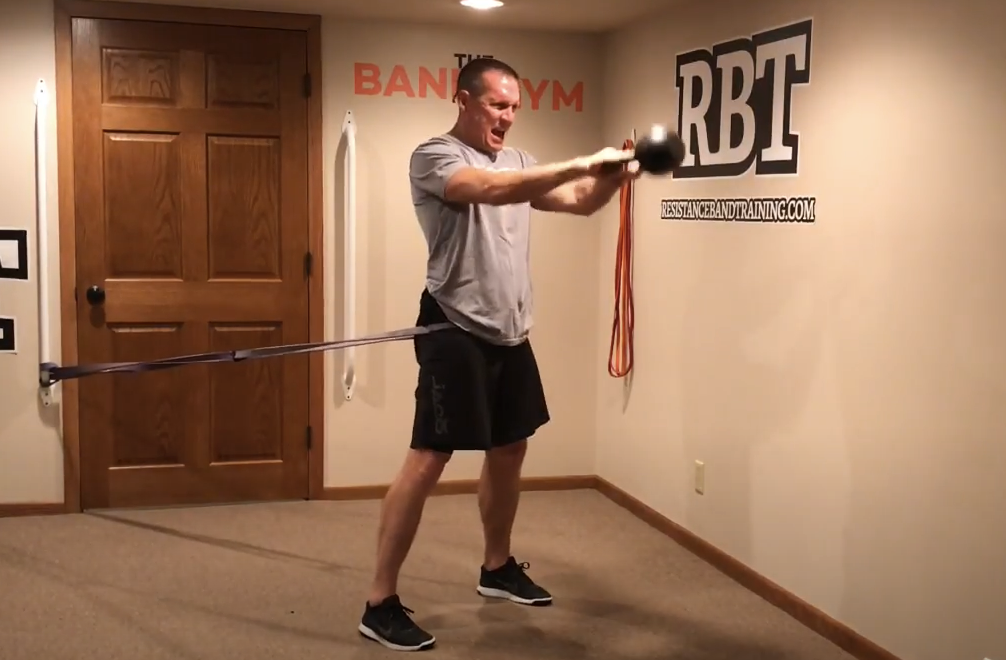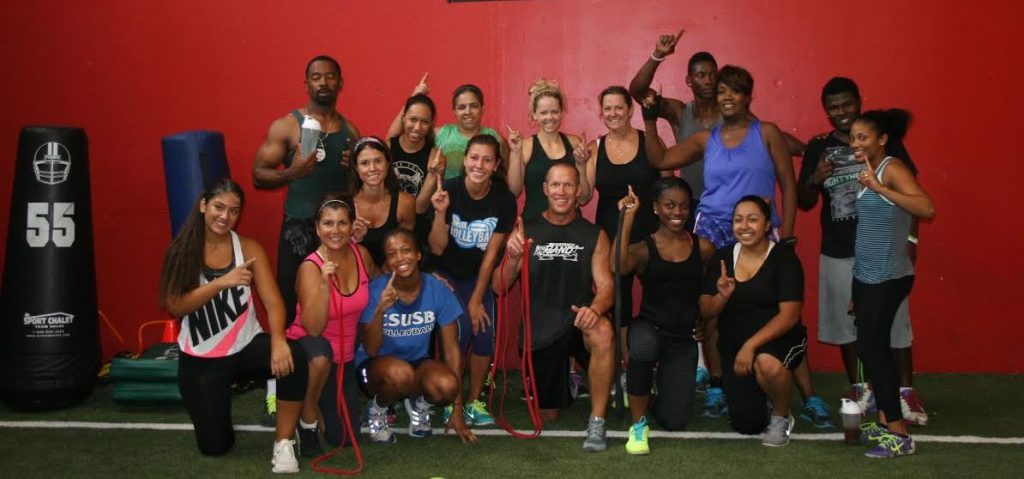Fun Ab Training that Works
How do you train your abs?? Hopefully, you’re not doing 100’s of sit ups and crunches.
We have had this discussion in the past about these exercises and the unnecessary stress they apply to your low back. These exercises do not train your abs the way they are designed to work.
Remember, the abs are designed to stabilize the low back, not move the low back. Sit ups and crunches are training the abs to be movers. They place a high level of stress on the low back by repeatedly forcing it to move through a flexion pattern that is proven to increase disc pressures.
So let’s assume those exercises are not an option. How do you train the abs to be a stabilizer??
The most popular option is pillar variations. These are great beginner stabilization exercises but they can get boring real fast. Adding a band to them helps make them more challenging, but again this can get old after a while.
I want to share with you some unique band training exercises. They will take your pillar exercises to a completely new level of abdominal stabilization while strength training your shoulders, chest and back at the same time.
Keys to Performing Ab Training Exercises
Here are the keys to successfully performing more advanced ab training exercises.
- Use a Yellow Super Micro Band or Red Mini Small Band at first to make sure you are able to maintain great core stability during your pillar progressions and avoid compensating through the trunk or shoulder girdle.
- Implement the normal pillar progressions (kneeling to wide foot position to narrow foot position) to assist the abs and ensure the low back is not moving around.
- Make sure pushing, pulling and pressing are high quality movements and that the low back, along with the hips, are staying parallel to the floor.
- Keep work intervals around 20 seconds with no less than a 10 second rest interval. When first learning these unique band exercises it is important to keep work intervals shorter than longer to ensure good posture. This is so the right muscles are being activated.
- Pay close attention to the height of the band attachment for each movement. Attaching the band at the correct height will provide an optimal line of force to strength train.
3 Upper Body Strength Exercises that Train Ab Stabilization Simultaneously
Here are a few benefits to ab training using these unique band pillar exercise variations:
- Time efficient core training – No additional core training will be necessary once these exercises are completed.
- Better primary muscle recruitment – Getting your abs actively involved will make the primary muscles recruit more aggressively. This will lead to a higher level of primary muscle work and strength development.
- Eliminate ab training boredom – Ab training will not be boring anymore.
- Get stronger faster – Anytime you can integrate the abs with upper body strength training it’s going to create a more advanced strength training effect without having to train with heavier, less joint friendly resistance.
3 Upper Body Pillar Exercises
1. Pillar Pull
Attach the band low to create a greater level of rotation and lengthening to the scapular muscles.
2. Pillar Press
Attach the band high to avoid the band rubbing on your arm while doing a more direct overhead press.
3. Pillar Push
Attach the band at shoulder height to allow it to easily be placed between your arm and body.
5 Ways to Make these Exercises More Challenging
- Train with an extended pillar vs. a forearm pillar.
- Increase band resistance by increasing starting tension or increasing band size.
- Try adding in a simultaneous upper torso rotation.
- Keep your feet tight together vs. wide apart.
- Add an opposite side foot movement with a single arm push, pull or press.
Summary
Abs are designed to be stabilizers, but performing only isometric stabilization can become very boring.
By adding in single arm, upper body band strength training movements you challenge the abs to become stronger stabilizers while allowing the upper body to get stronger in non-traditional strength training positions.




